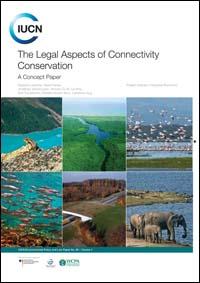What are global and transboundary frameworks
Agreements on transboundary cooperation and coordination encourage the efficient use and development of resources, promote equitable distribution, and facilitate partnerships and cooperation between countries, helping them to avoid future disputes.
They can be treaties and conventions as signed and ratified by two or more States; or they can be other types of agreements between institutions across borders working at the national, sub-national and/or local level. A multi-level governance framework made up of treaties and other types of agreements provides for more effective governance.
Increased knowledge and understanding of the biosphere and its components have revealed that environmental problems have a global and multidimensional character. Environmental impacts and effects have no boundaries. As a result, there is increasing recognition of the need for collective international action and for transboundary governance of shared resources.
More and more States now accept that holistic international efforts are required to address the various aspects of environmental degradation, including freshwater and marine pollution, depletion of living resources, the ozone layer and climate change. Without international regulation, particularly for areas beyond national jurisdictions, shared natural resources are vulnerable, becoming exhausted as each State seeks to maximize its own benefit.
International cooperation is required to prevent this state of affairs, and therefore the general international obligation to cooperate must be applied to shared resources.
The need to treat natural system as a single ecological unit require that States cooperate in the conservation, management, and restoration of resources located in areas under the jurisdiction of more than one, or fully or partly in areas beyond the limits of national jurisdictions.












